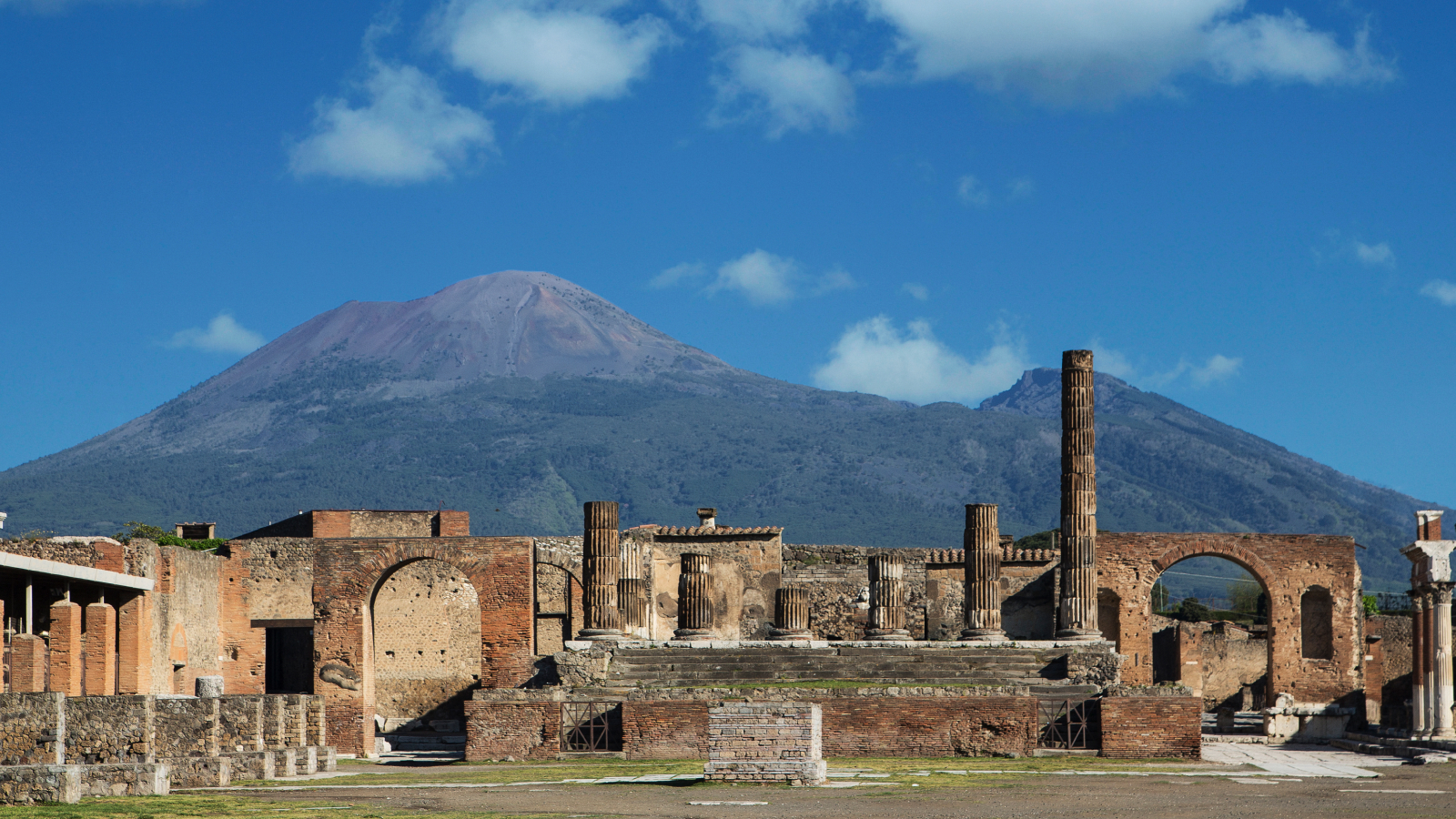Sewage Suggests That People Got High for 2017 Solar Eclipse

(Inside Science) -- Even drugs that clear the body quickly leave traces about when and where they were used. In fact, many traces get flushed down the toilet — and those traces can be surprisingly revealing.
In a study published last month in the journal Science of the Total Environment, researchers analyzed sewage from two towns in western Kentucky. By testing for active ingredients and metabolites of marijuana, cocaine, amphetamine, methamphetamine, ecstasy and several opioids, they were able to estimate the average quantity of each drug consumed per 1,000 people in the population on any given day. This allowed them to infer how drug use changed during special events in the summer of 2017.
In both communities, significantly higher levels of amphetamine, methamphetamine, cocaine, morphine and methadone were found in the wastewater on July 4 than on a typical day. In particular, methamphetamine levels were high on Independence Day, with levels doubling in one town and rising by half in the other.
One of the towns was in the path of the total solar eclipse that crossed the country August 21. In that town, the eclipse brought a significant uptick in amphetamine, methamphetamine, cocaine, morphine and marijuana. The measurements suggested that 1,450 milligrams of amphetamine per 1,000 people was consumed on the day of the eclipse -- enough to get about 2.9 percent of the town's population high. That represented a roughly 60 percent increase over the amphetamine residues found on a typical day.
Of course, it's likely that some people took more than one dose, said Bikram Subedi, an analytical chemist at Murray State University in Kentucky and one of the study's authors. Moreover, he added, some of the drugs used on eclipse day likely came from visitors who came to see the eclipse, not the town's regular population. "This is an interesting study and provides valuable information on the magnitude of increase in the use of illicit drugs during specific holidays," wrote Kurunthachalam Kannan, an environmental health researcher at the Wadsworth Center, New York State Department of Health in Albany, New York, in an email. "One interesting find is that meth usage in communities surveyed seems to be higher than in urban communities." Kannan was not involved in the study.
Researchers have used sewage to track drug use in other parts of the world, but the technique has rarely been used in the United States, despite its potential to complement traditional data sources such as surveys and toxicology reports, said Subedi. Sewage can't lie like a person on a survey, and it offers a relatively unbiased look at all drug use in a community, not just the extreme cases that end up in a hospital. And unlike traditional methods, sewage analysis can track changes from day to day.
"This will give the semi-real-time drug consumption in communities," said Subedi. "That information could be really helpful for the authorities."
Sign up for the Live Science daily newsletter now
Get the world’s most fascinating discoveries delivered straight to your inbox.
This article is provided by Inside Science News Service, which is supported by the American Institute of Physics.
Why is yawning contagious?
Scientific consensus shows race is a human invention, not biological reality










